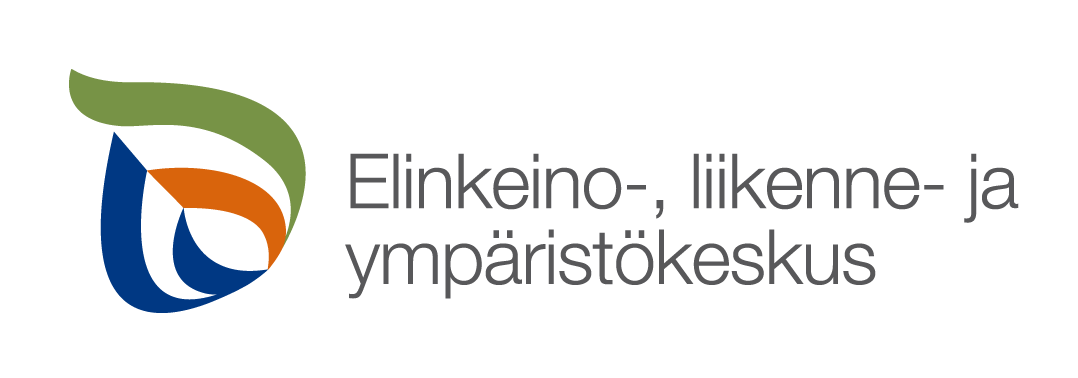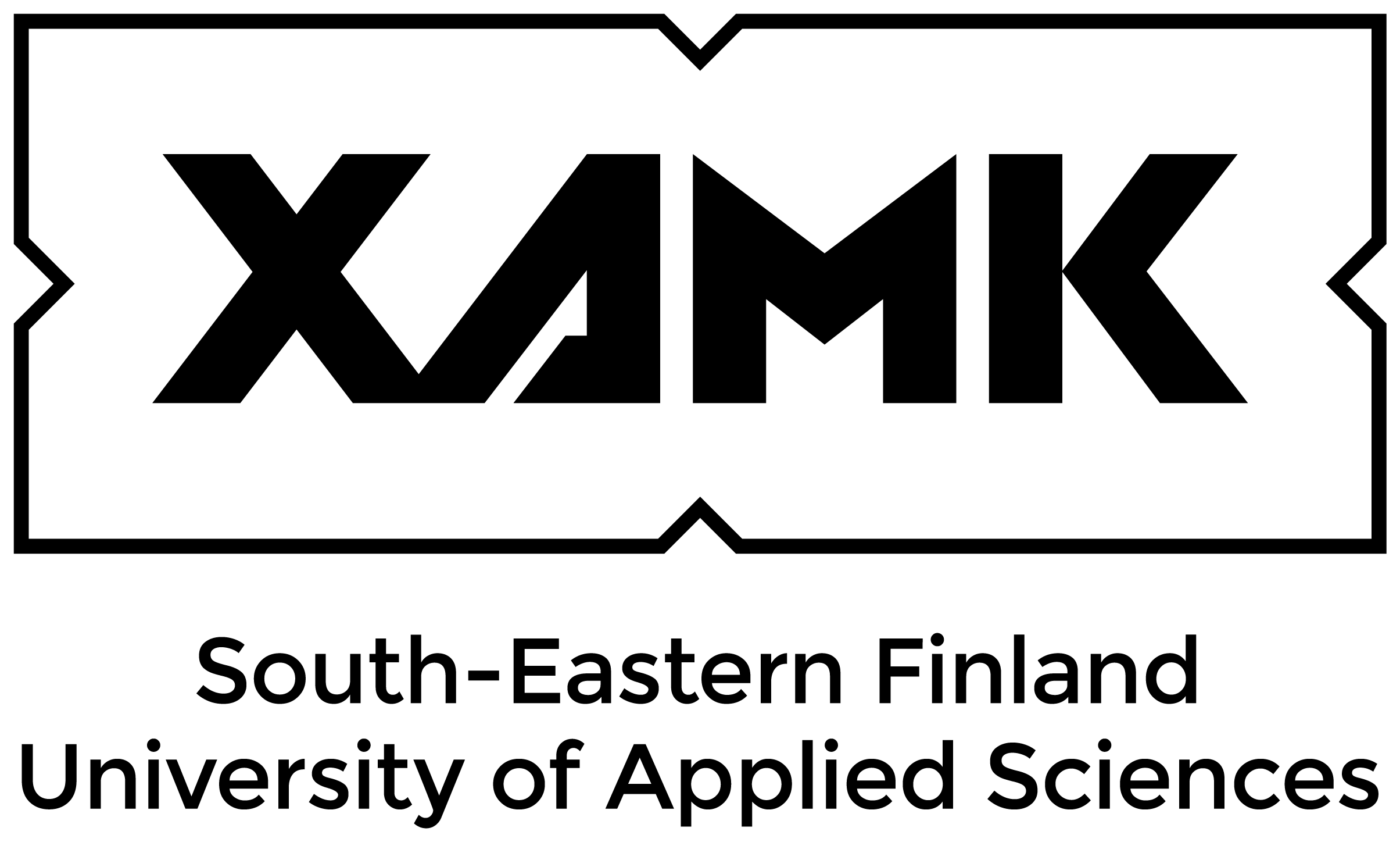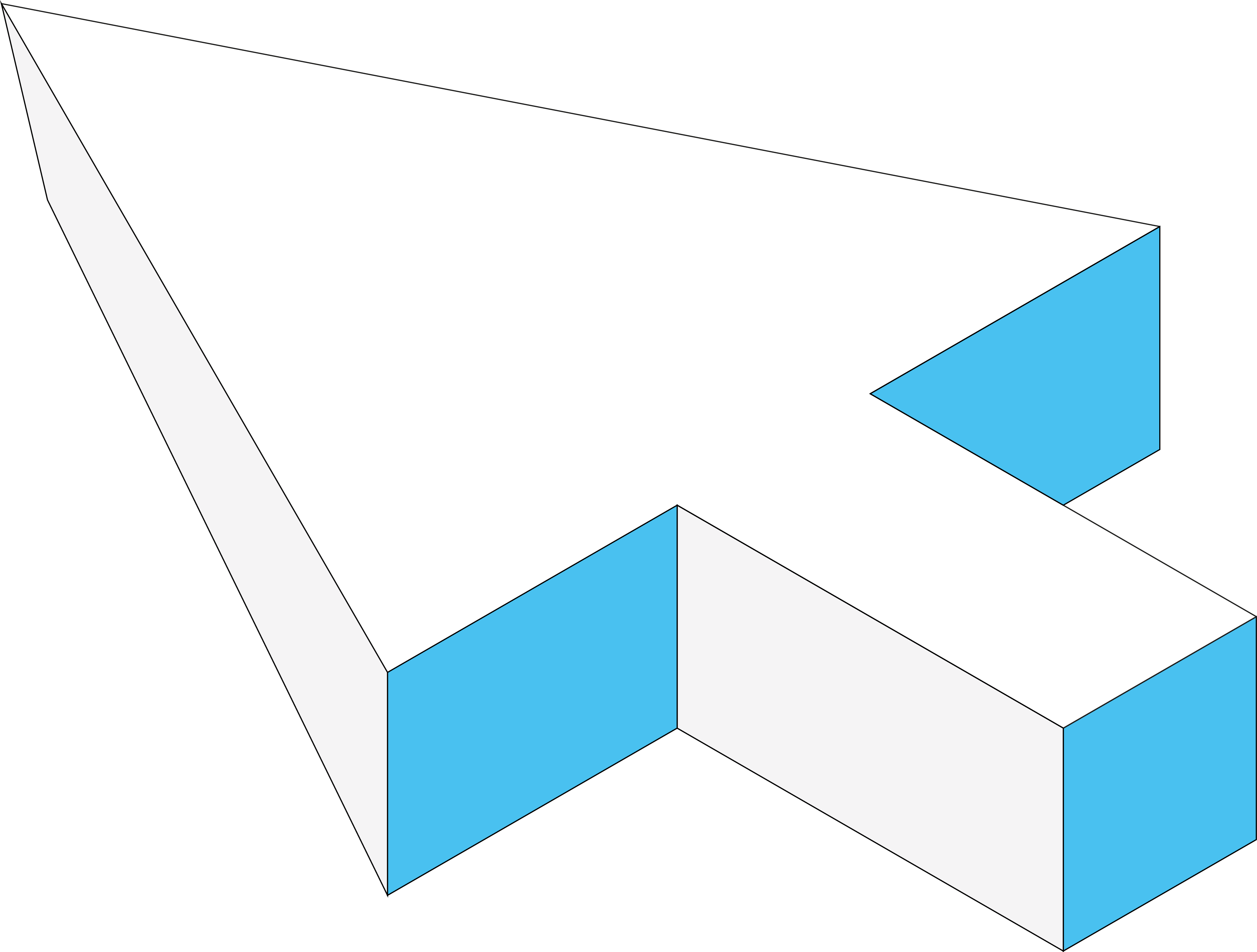Clean architecture
Overview

Clean Architecture is a layered architectural style that organizes software into concentric circles (or layers). Each layer has a well-defined role, and all dependencies point inwards—toward the most critical part of the system: the core business logic (or domain). The outer layers handle implementation details (e.g., frameworks, databases, user interfaces) that can change over time without affecting the domain logic.
At a high level, Clean Architecture looks like this (from innermost to outermost layer):
- Entities (Domain Model)
- Encapsulate enterprise-wide, core business rules and data.
- Typically, these are plain objects with minimal dependencies (no direct database or framework references).
- Encapsulate enterprise-wide, core business rules and data.
- Use Cases (Application Layer / Interactors)
- Contain application-specific business rules and orchestrate how data flows between entities and other parts of the system.
- Coordinate tasks (e.g., “Create Order,” “Process Payment”) using domain entities.
- No knowledge of UI, database, or external services; only deals with abstractions.
- Contain application-specific business rules and orchestrate how data flows between entities and other parts of the system.
- Interface Adapters (Adapters / Gateways / Presenters)
- Translate data between Use Cases and Frameworks/Drivers.
- Could include repositories, DTOs (Data Transfer Objects), presenters, controllers, etc.
- Responsible for input/output formatting: parsing incoming requests, formatting outgoing responses.
- Translate data between Use Cases and Frameworks/Drivers.
- Frameworks and Drivers (Infrastructure Layer)
- Outer layer containing databases, web frameworks, UI frameworks, third-party services, etc.
- Operates through adapters (interfaces) defined in the more central layers.
- Should contain no business logic—if possible, only implementation details of the system’s boundaries.
- Outer layer containing databases, web frameworks, UI frameworks, third-party services, etc.
Key Principles
Dependency Rule:
All source code dependencies point inward, toward higher-level policies (business rules). Inner layers know nothing about outer layers.Separation of Concerns:
Each layer focuses on a distinct set of responsibilities (domain logic, application orchestration, data access, presentation).Testability:
Since business rules reside in framework-agnostic layers, they can be tested without spinning up databases or web servers.Flexibility & Maintainability:
When changing a database, UI, or external API, the inner layers remain unaffected. This reduces coupling and makes large-scale refactors safer.
Conceptual C# Example
Below is a simplified example of how you might structure a Clean Architecture in C#. Real-world scenarios tend to be more complex but follow these core ideas.
1. Entities (Domain Layer)
namespace CleanArchitecture.Domain
{
// Core domain object
public class Order
{
public int Id { get; private set; }
public decimal Total { get; private set; }
public bool IsPaid { get; private set; }
public Order(int id, decimal total)
{
Id = id;
Total = total;
IsPaid = false;
}
public void Pay()
{
// Business rule: you can only pay if the order is not already paid
if (IsPaid)
{
throw new InvalidOperationException("Order is already paid.");
}
IsPaid = true;
}
}
}- Purpose: Contains the enterprise-wide business rules (
Order). - No references to frameworks, databases, or UI.
2. Use Cases (Application Layer)
namespace CleanArchitecture.Application
{
public interface IOrderRepository
{
Order GetById(int orderId);
void Save(Order order);
}
public class PayOrderUseCase
{
private readonly IOrderRepository _orderRepository;
public PayOrderUseCase(IOrderRepository orderRepository)
{
_orderRepository = orderRepository;
}
public void Execute(int orderId)
{
// 1. Get the order from a repository
var order = _orderRepository.GetById(orderId);
// 2. Perform the domain action
order.Pay();
// 3. Persist the changes
_orderRepository.Save(order);
}
}
}- Purpose: Implements application-specific business rules (use cases).
- No knowledge of how
IOrderRepositoryis implemented (database, in-memory, etc.).
- Coordinates domain actions (
order.Pay()).
3. Interface Adapters
namespace CleanArchitecture.Infrastructure.Persistence
{
using CleanArchitecture.Application;
using CleanArchitecture.Domain;
using System.Collections.Generic;
using System.Linq;
// A simple in-memory repository for demonstration
public class InMemoryOrderRepository : IOrderRepository
{
private readonly List<Order> _orders = new List<Order>();
public Order GetById(int orderId)
{
return _orders.FirstOrDefault(o => o.Id == orderId);
}
public void Save(Order order)
{
// If order doesn't exist, add it; if it does, update it
var existingOrder = GetById(order.Id);
if (existingOrder == null)
{
_orders.Add(order);
}
else
{
// For simplicity, do nothing extra here
}
}
}
}- Purpose: Concrete implementation of
IOrderRepositorythat interfaces with some form of storage (in this case, in-memory for demo).
- Real-world scenario: A repository that uses EF Core, Dapper, or any other data access technology—outer details that the core application logic need not know.
4. Frameworks and Drivers (UI / Composition Root)
namespace CleanArchitecture.Web
{
using CleanArchitecture.Application;
using CleanArchitecture.Domain;
using CleanArchitecture.Infrastructure.Persistence;
using Microsoft.AspNetCore.Mvc;
[Route("api/[controller]")]
[ApiController]
public class OrdersController : ControllerBase
{
private readonly PayOrderUseCase _payOrderUseCase;
private readonly IOrderRepository _orderRepository; // For demonstration only
// Composition root: wiring up dependencies
public OrdersController()
{
_orderRepository = new InMemoryOrderRepository();
_payOrderUseCase = new PayOrderUseCase(_orderRepository);
// In a real-world app, a DI container (like .NET Core's built-in)
// would typically handle instantiations and injections.
}
[HttpPost("pay/{orderId}")]
public ActionResult PayOrder(int orderId)
{
_payOrderUseCase.Execute(orderId);
return Ok("Order paid successfully.");
}
// Additional endpoints could be added here
}
}- Purpose: The outermost layer, containing the web or UI framework code (
ASP.NETin this example).
- Responsible for receiving HTTP requests, instantiating use cases (and repositories), and coordinating responses.
- No domain or core logic here. It simply orchestrates calls to the Application Layer.
Benefits of Clean Architecture
- Framework Independence: Business logic doesn’t rely on any particular framework. You can switch to a different UI, database, or library without rewriting core rules.
- Testability: With dependencies inverted (toward abstractions), you can plug in test doubles or mocks for repositories and services easily.
- Maintainability: By separating concerns, changes in UI or data storage affect only the outer layers, not the domain or use cases.
- Decoupled Code: The domain model and application rules remain unaffected by outside concerns (databases, APIs, UI frameworks).
Common Misconceptions
- It’s Not Just Folder Structure: Clean Architecture is more about dependency flow than merely having “nice folders.” You can have well-labeled directories but still violate dependency rules.
- It’s Not Just for Large Apps: Even smaller projects benefit from layered boundaries if they anticipate future growth or complexity.
- It Doesn’t Require a Particular Tech Stack: Clean Architecture is language/framework-agnostic. Whether in C#, Java, Python, or JavaScript, the principles remain the same.
Conclusion
Clean Architecture structures your application around the core business logic, shielding it from implementation details. By inverting dependencies, you minimize coupling and maximize the testability and flexibility of your system. This approach is particularly valuable in large, evolving projects where requirements, frameworks, and technologies may change over time, but the core business rules remain consistent and stable.




